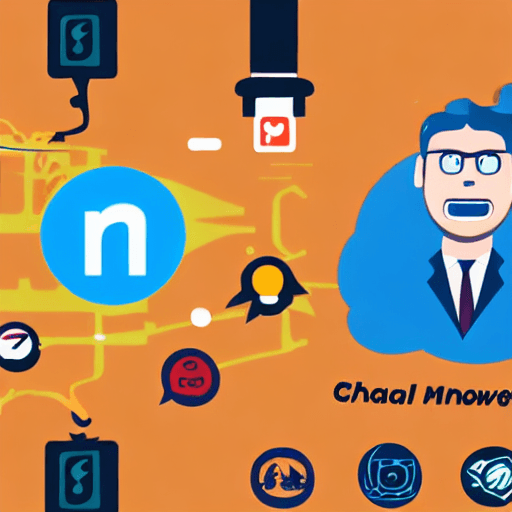

In today’s digital landscape, capturing leads effectively is a constant challenge for marketers. Traditional methods like cold calling and generic advertising often yield low results. However, a powerful solution is emerging: chatbots integrated with social media platforms. These bots aren’t just for simple customer service; they’re becoming sophisticated lead generation tools. This comprehensive guide will delve into designing and implementing effective chatbot flows specifically for social media, transforming your engagement into valuable leads.
Conversational marketing, the practice of engaging with customers through natural language interactions, is rapidly gaining traction. Chatbots are the cornerstone of this approach. They offer a personalized, immediate, and interactive experience, something that traditional marketing channels struggle to deliver consistently. Social media platforms, with their vast user bases and interactive formats, provide the perfect environment for chatbots to thrive. The key difference between a basic chatbot and a lead generation chatbot is its purpose: it’s not just answering questions; it’s designed to guide users through a carefully crafted conversation to collect their contact information and qualify them as potential customers. This isn’t about replacing human interaction; it’s about augmenting it, focusing human agents on the most complex and high-value interactions while the chatbot handles initial engagement and qualification.
A chatbot flow is essentially a pre-defined conversation path that a chatbot follows when interacting with a user. It’s a series of questions, responses, and actions designed to achieve a specific goal, in this case, lead generation. Think of it like a decision tree – each branch represents a possible user response, and the chatbot navigates the user through the most relevant path. Poorly designed flows lead to frustration and abandonment, while well-structured flows guide users seamlessly towards conversion.
Here’s a breakdown of the key components of a successful chatbot flow:
The design phase is crucial. Don’t simply throw a chatbot at your social media channels; plan it meticulously. Here’s a step-by-step approach:
Integrating your chatbot with social media platforms requires careful consideration. Each platform has its own API and capabilities. Here’s a breakdown of common platforms and integration strategies:
Remember to adhere to each platform’s API guidelines and terms of service. Overly aggressive or spammy chatbot behavior can lead to account suspension.
To maximize your lead generation efforts, follow these best practices:
It’s crucial to track your chatbot’s performance to identify areas for improvement. Here are key metrics to monitor:
Use analytics dashboards provided by your chatbot platform or integrate with Google Analytics to track these metrics. Regularly analyze the data and make adjustments to your flow as needed.
Chatbots are transforming social media marketing by providing a powerful way to generate leads. By carefully designing and implementing chatbot flows, you can engage with potential customers, qualify them as leads, and ultimately drive sales. The key is to treat your chatbot not as a standalone tool, but as an integral part of a broader marketing strategy. Continuous testing, analysis, and optimization are essential for maximizing your chatbot’s effectiveness. As AI technology continues to evolve, chatbots will undoubtedly play an even more significant role in the future of social media marketing.
This comprehensive guide provides a solid foundation for leveraging chatbots to generate leads on social media. Good luck!
Tags: chatbot, social media marketing, lead generation, chatbot flows, conversational marketing, automation, customer engagement, social media bots, lead capture
0 Comments